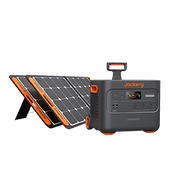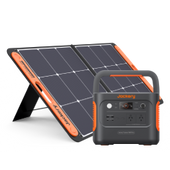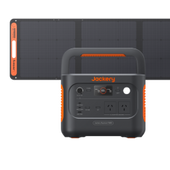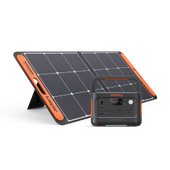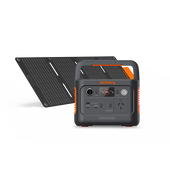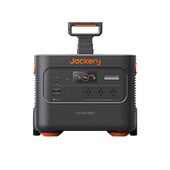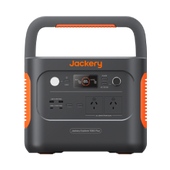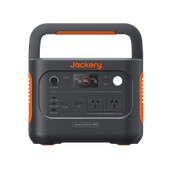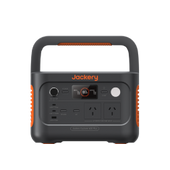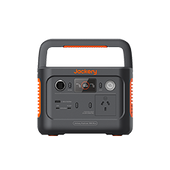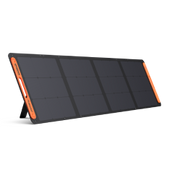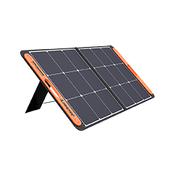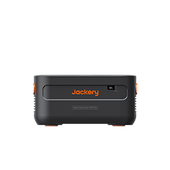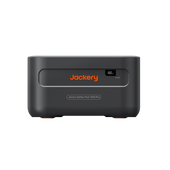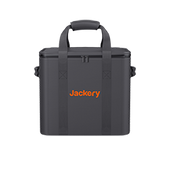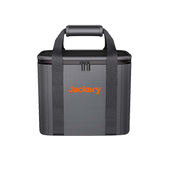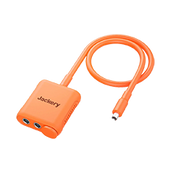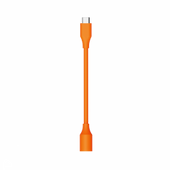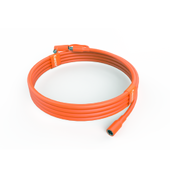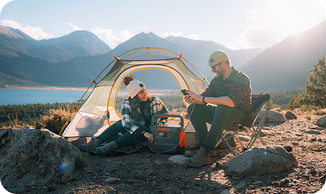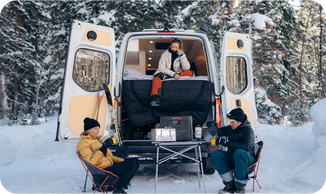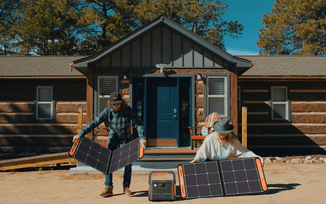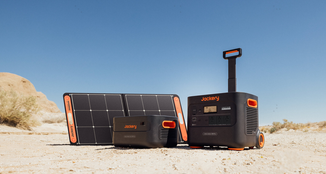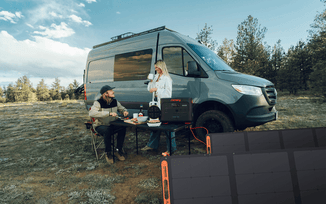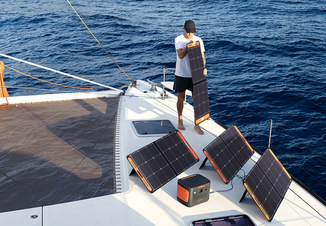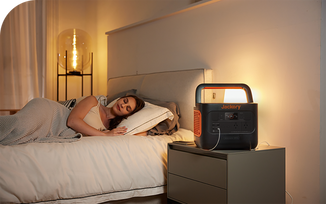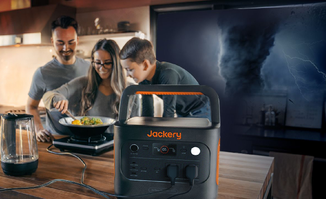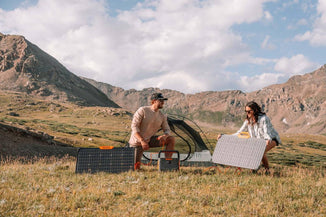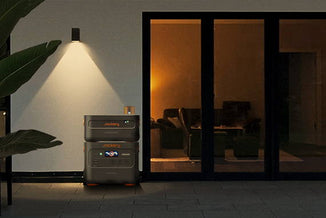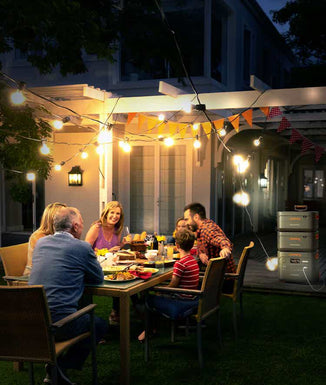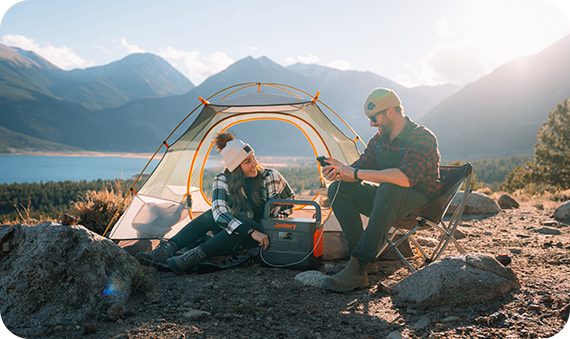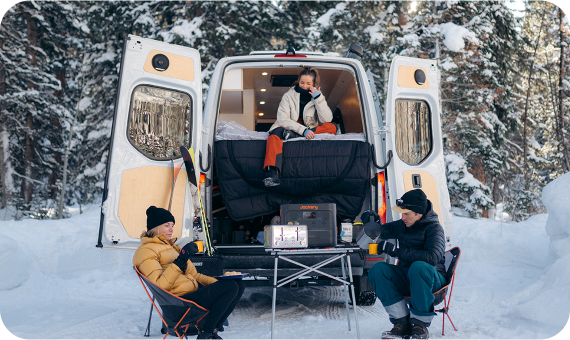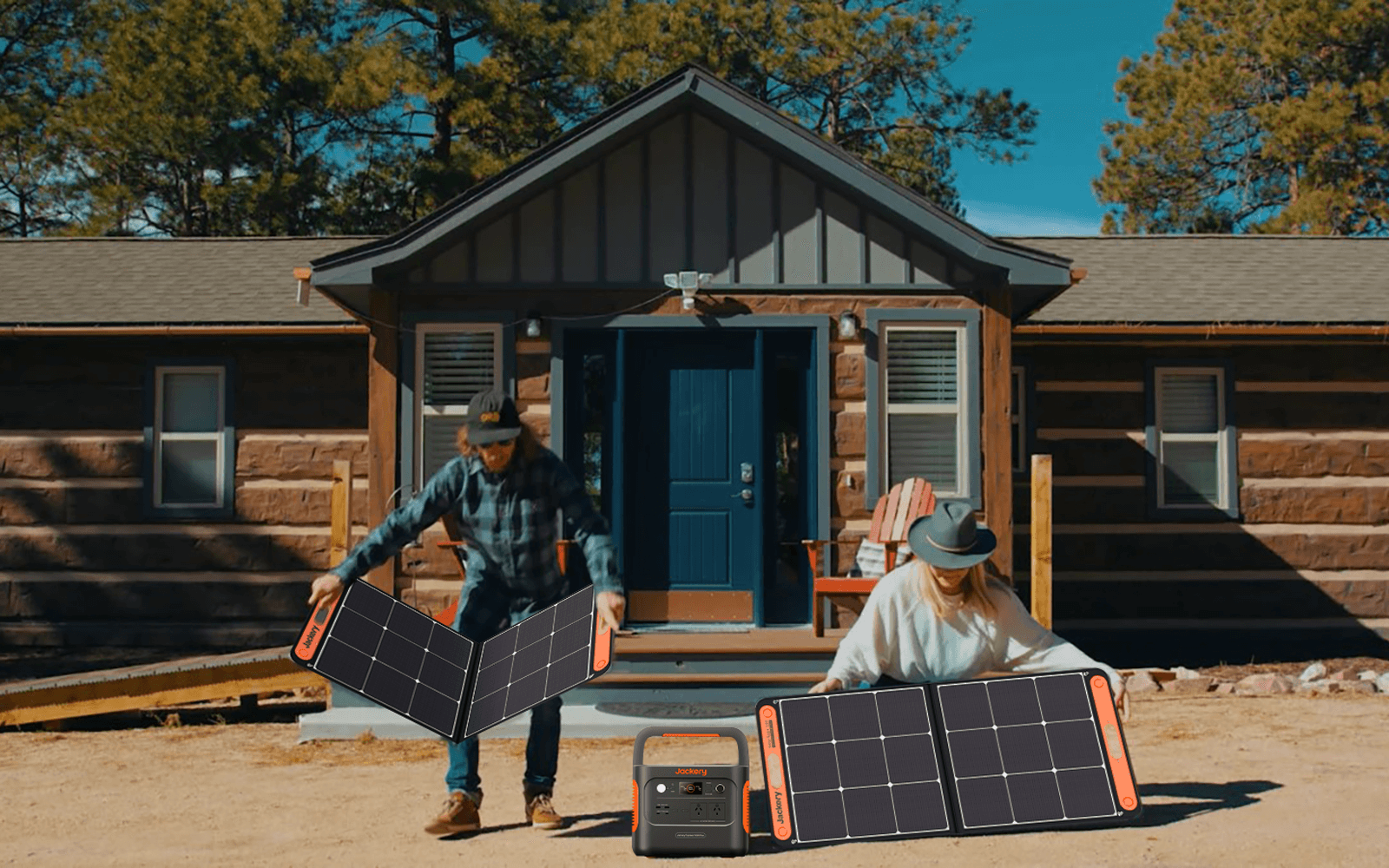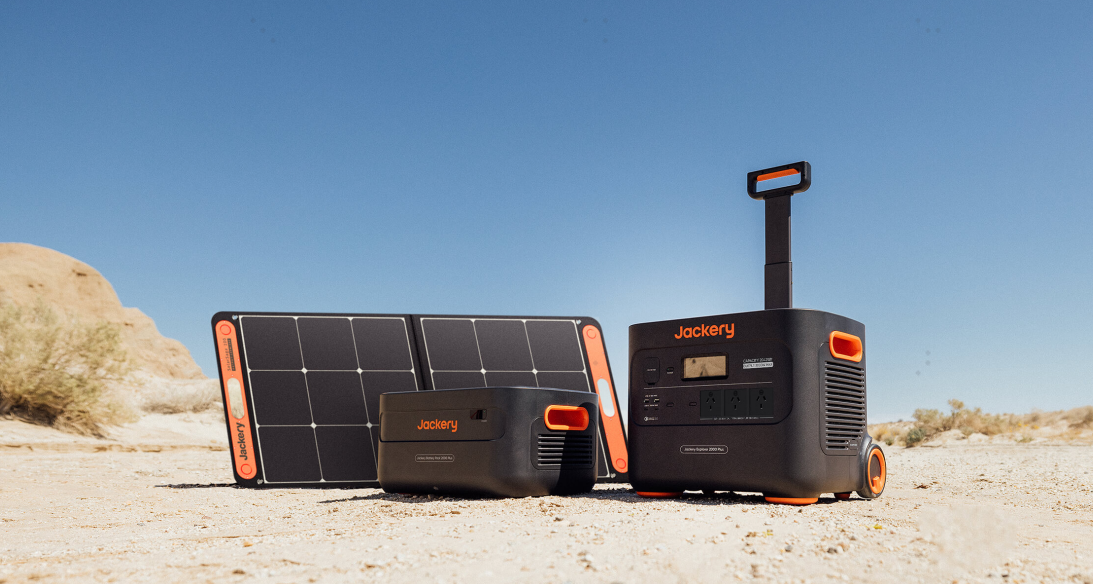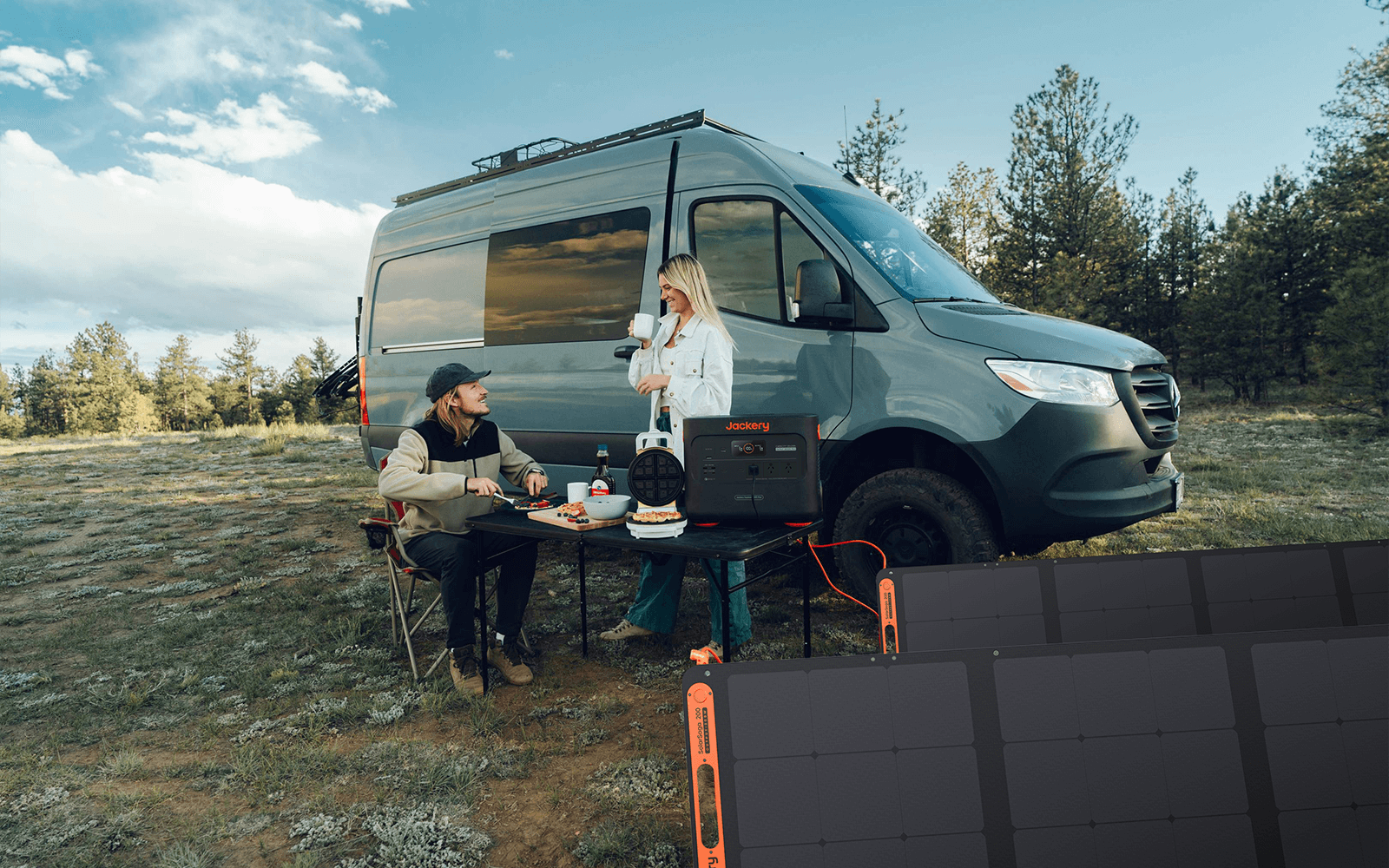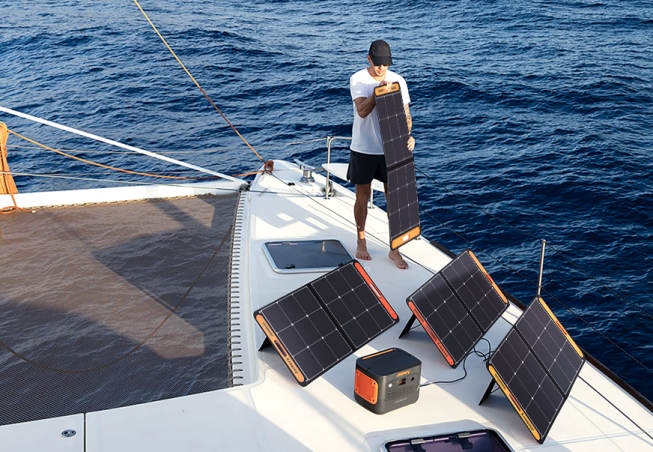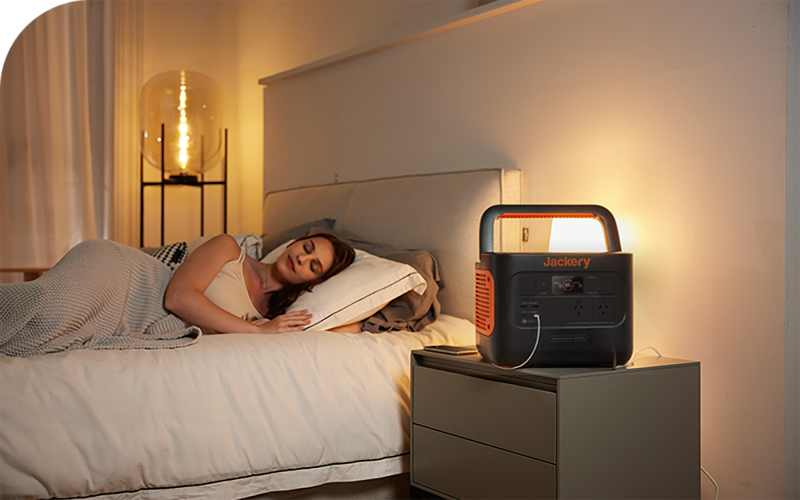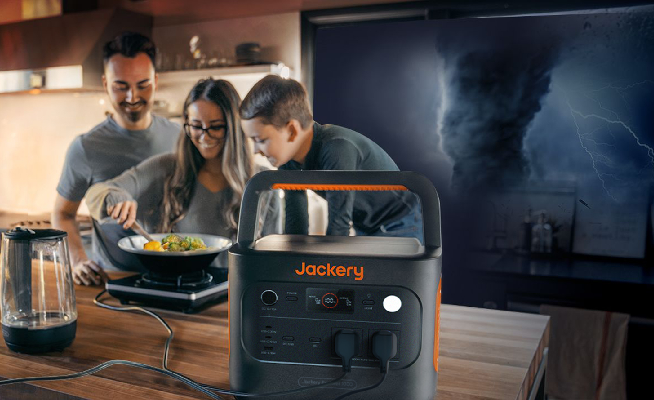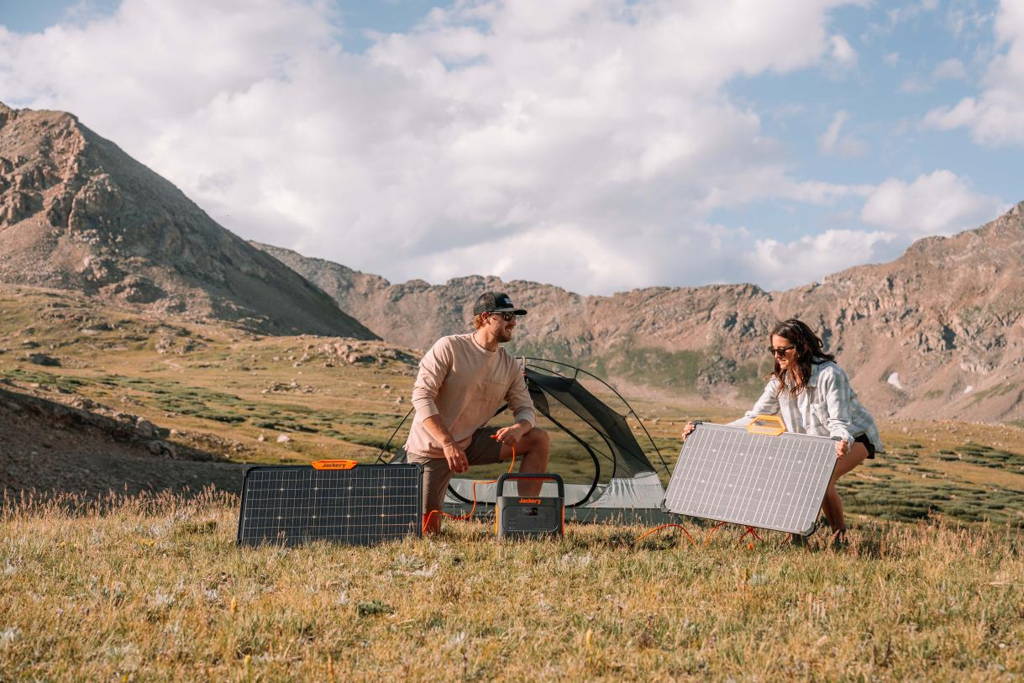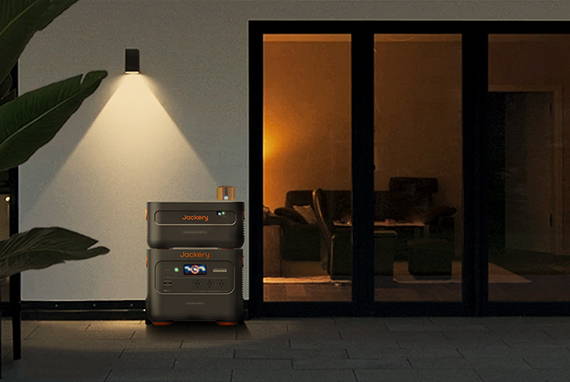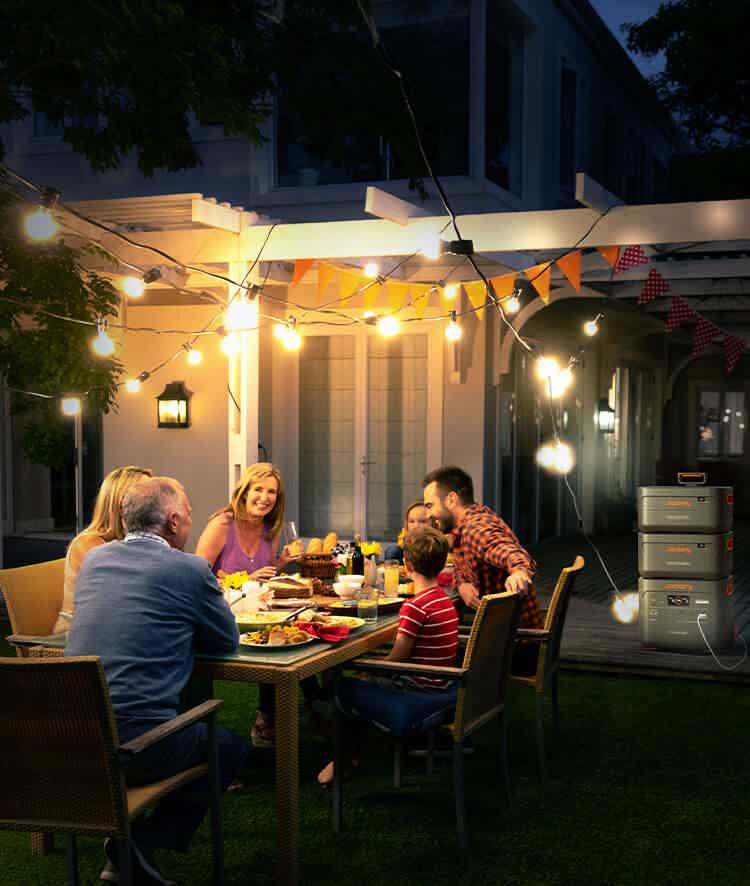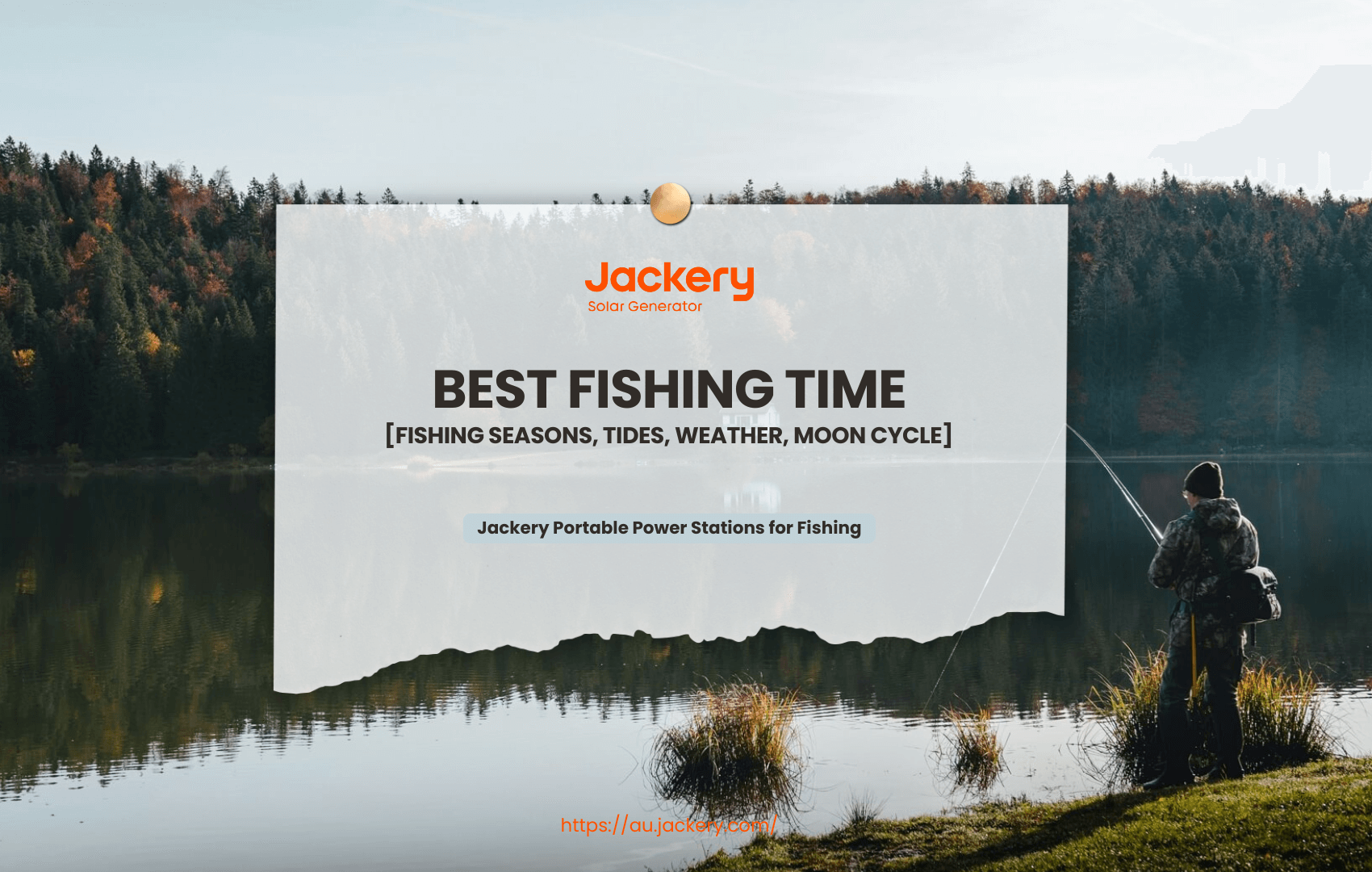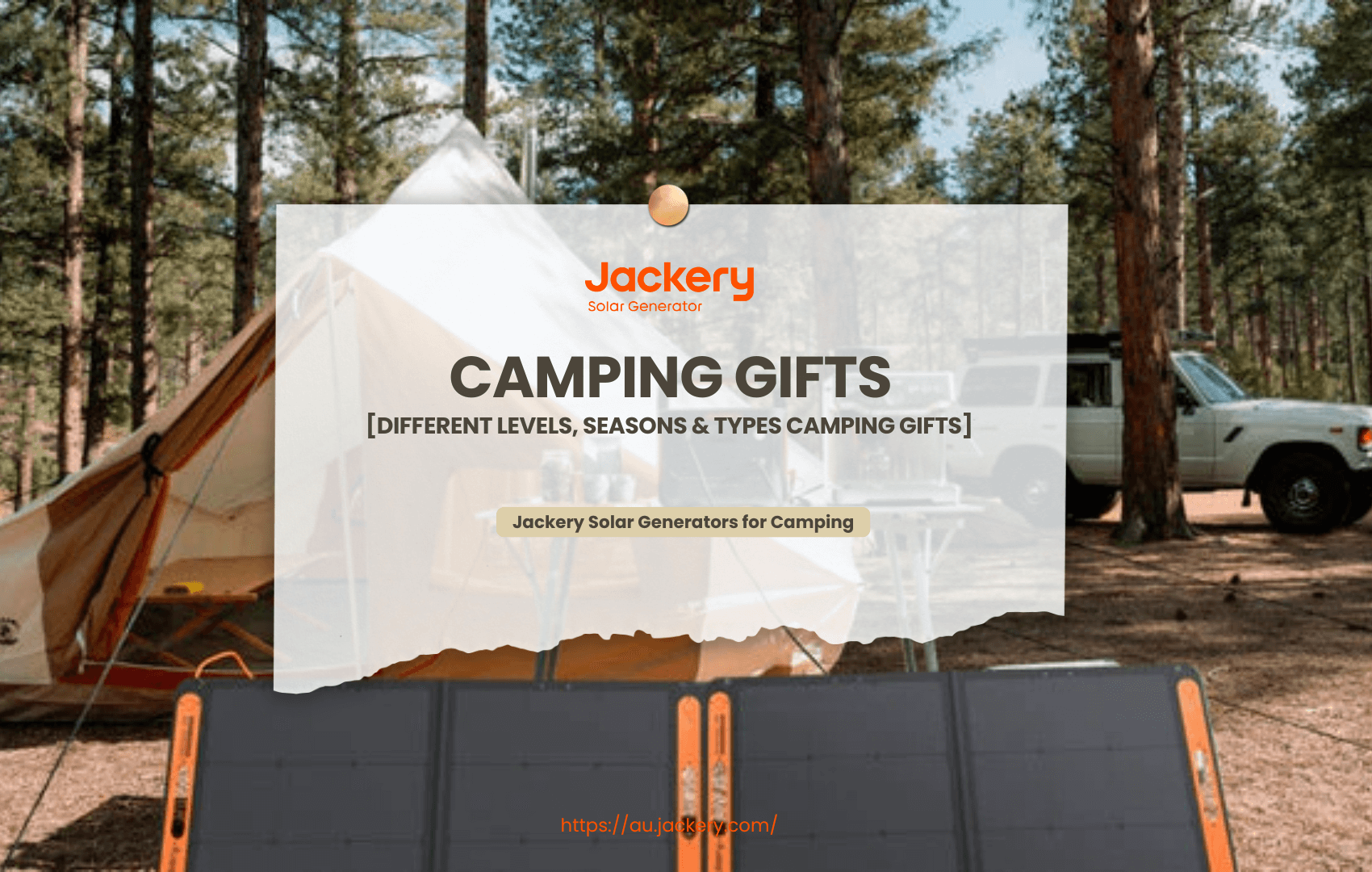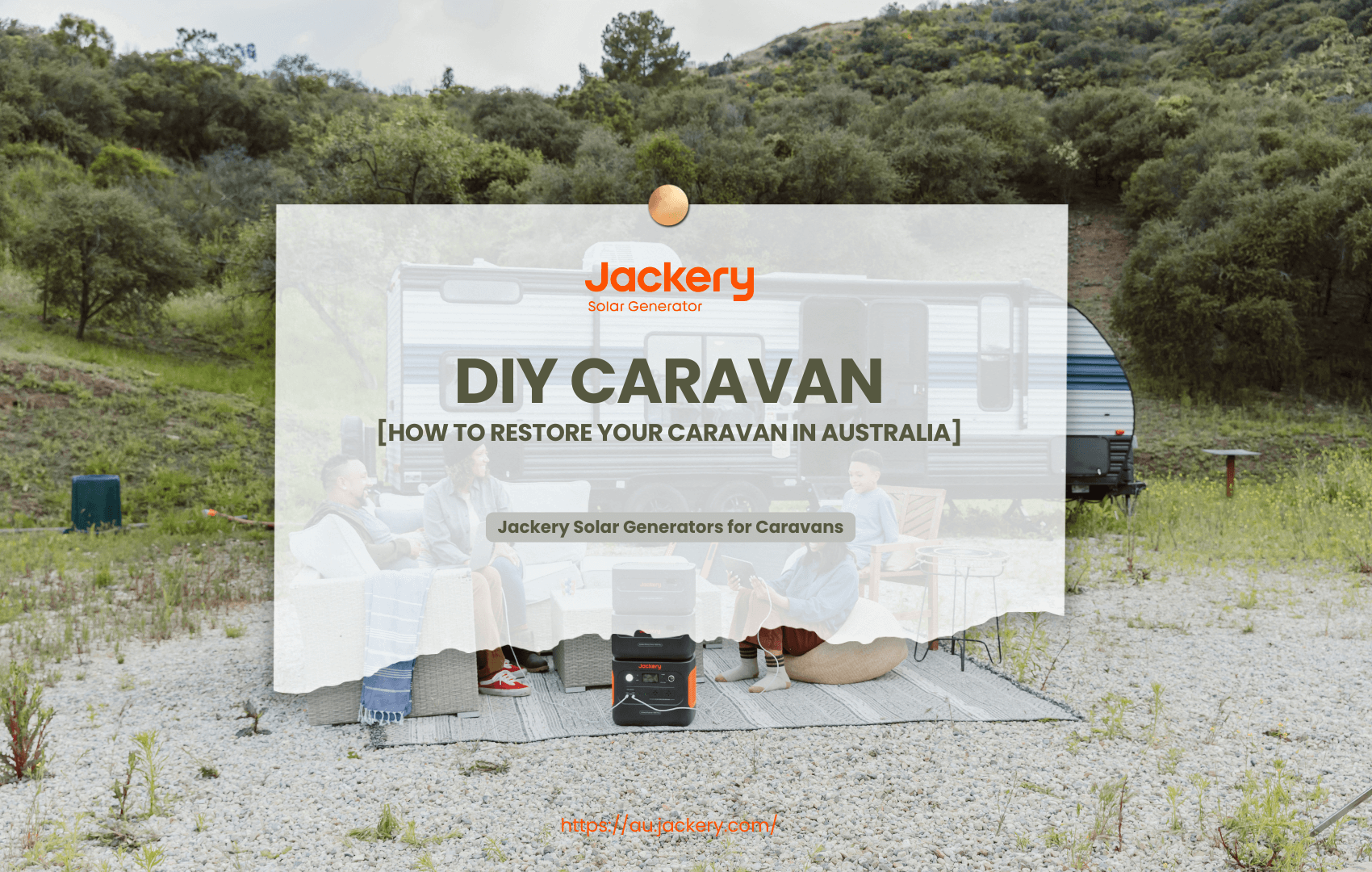|
Key Takeaways: |
|
- You can only camp at Stockton Beach in the Ganyamalbaa Camp Area within the Worimi Conservation Lands. - A campsite booking and a valid Beach Vehicle Permit are both required before arrival. - Only tents and single-axle camper trailers are allowed—no caravans or double-axle vehicles. - All waste, including toilet waste, must be removed from the site—no bins are provided. - Check tide times, weather conditions, and permit validity before your trip. - We recommend the Jackery Explorer 300 Plus or 600 Plus portable power station to power your electronics and devices outdoors. |
Can You Camp on Stockton Beach?
Now, there are restrictions on camping at Stockton Beach in New South Wales, Australia. Unrestricted beach camping has been banned since 2012 due to severe storm damage and environmental degradation concerns.
But in 2019, the Ganyamalbaa Camping Trial—a restricted camping initiative—was launched. In order to reduce the environmental impact, this trial offers a restricted number of authorised campsites close to Tin City, which must be reserved in advance and subject to certain rules.
The NRMA Stockton Beach Holiday Park offers a variety of powered and unpowered campsites with facilities like showers, toilets, and a camp kitchen for people looking for alternate camping choices. This site provides a nice and convenient camping experience and is close to the beach.
Please be aware that camping is prohibited in Worimi Conservation Lands outside of approved areas. Because vehicle access is restricted to preserve the delicate dune environment, visitors who intend to drive on the beach must obtain a Beach Vehicle Permit. The official Worimi Conservation Lands website is the best source of up-to-date information on Stockton Beach's camping rules and permit requirements.
Stockton Beach Camping Rules and Regulations
In order to preserve the region's delicate dune ecosystems and cultural legacy, camping at Stockton Beach in New South Wales is subject to stringent regulations as of May 2025. Camping is allowed only at the Ganyamalbaa Camp Area, which lies close to Tin City at the southern tip of the Worimi Conservation Lands.
There are fifteen campsites in this location, which is behind the frontal dune. Camping is not permitted outside of this region to protect the landscape's natural and cultural integrity.

Permit Requirements
Beach Vehicle Permit: All vehicles entering the Worimi Conservation Lands, including the Ganyamalbaa Camp Area, must have a current Beach Vehicle Permit, which may be acquired online via the Worimi Conservation Lands website.
Camping Fees: Fees for camping at the Ganyamalbaa Camp Area are as follows:
Base Site Fee (two adults): $33
Additional Adult: $16.50
Child: $8
Infants (0-4 years): Free
Access and Amenities
Unsealed beach trails lead to the Ganyamalbaa Camp Area, which requires a 4WD vehicle to access. There are no facilities like restrooms or showers at the campsite, which is in a rural, natural area. Campers are required to carry their own food, water, and waste disposal supplies in order to be completely self-sufficient. Only clean wood from sources outside the Worimi Conservation Lands may be used, and fires are only allowed in specified fireplaces. It is forbidden to gather firewood, including driftwood, in the area.
Regulations and Prohibitions
To protect the environment and cultural sites, the following regulations are enforced:
Camping is only permitted in the designated Ganyamalbaa Camp Area.
A valid Beach Vehicle Permit is required for all vehicles.
Campers must be self-sufficient and adhere to a “leave no trace” policy.
Fires are allowed only in designated areas using approved firewood.
Collecting firewood within the conservation lands is prohibited.
Where Can You Camp on Stockton Beach? Best Spots
Camping on Stockton Beach is only allowed at the Ganyamalbaa Camp Area, which is located inside the Worimi Conservation Lands, as of May 2025. While upholding conservation efforts, this protected location provides a singular opportunity to take in the area's natural beauty and cultural value.
Where Can You Camp on Stockton Beach?
The only permitted camping area on Stockton Beach is the Ganyamalbaa Camp Area. Nestled behind the frontal dune, this area offers 15 designated campsites at the southern end of the Worimi Conservation Lands, close to Tin City. Each campsite, which can accommodate tents and single-axle camper trailers, is roughly 20 by 20 meters. Camping outside of this region in order to preserve the delicate dune ecosystem and cultural heritage monuments is forbidden.
Best Spots for Camping on Stockton Beach
While all campsites within the Ganyamalbaa Camp Area offer a unique beachside experience, some sites are noted for their specific features:
Campsite 17: Praised for its spaciousness and privacy, making it ideal for families or groups seeking a more private experience.
Campsites 25 and 26: Designated for campers with quad bikes, these sites provide convenient access for off-road enthusiasts.
Each campsite includes a fire pit; however, campers must bring their own clean, untreated firewood from outside the conservation lands, as collecting firewood within the area is prohibited.

How to Get a Camping Permit for Stockton Beach?
A valid Beach Vehicle Permit and a campsite reservation are required to camp at Stockton Beach's Ganyamalbaa Camp Area within the Worimi Conservation Lands. Here's a detailed guide to help you get through the procedure:
How to Book a Campsite at Ganyamalbaa
Step 1 Visit the Official Booking Portal: Navigate to the Worimi Conservation Lands camping page.
Step 2 Watch the Introductory Video: An informative video provides essential details about the Ganyamalbaa Camp Area. Upon completion, a booking button will appear.
Step 3 Make Your Reservation: Click the booking button to access the reservation system. Select your desired dates and campsite. Each site accommodates up to 8 campers and is suitable for tents and single-axle camper trailers.
Step 4 Confirm and Pay: Provide the necessary details and complete the payment process to finalise your booking.
For assistance, contact the National Parks Contact Centre at 1300 072 757, available daily from 7:00 AM to 7:00 PM.
Obtaining a Beach Vehicle Permit
All vehicles accessing the Worimi Conservation Lands must display a valid Beach Vehicle Permit. Here's how to obtain one:
Step 1 Determine the Appropriate Permit:
Standard Beach Vehicle Permit: For registered 4WD vehicles.
Recreational Vehicle Area (RVA) Permit: For conditionally registered recreational vehicles like quads and motorbikes.
Step 2 Purchase Locations:
Online: Permits can be purchased through the official Worimi Conservation Lands website.
In-Person: Available at various outlets, including:
BP Service Station, Anna Bay
BP Service Station, Salt Ash
Port Stephens Visitor Centre, Nelson Bay
Pearl Energy, Williamtown
NPWS Hunter Coast Area Office, Anna Bay
Step 3 Display Your Permit:
Once you have the permit, make sure it is always visible on your car when you are on conservation properties.
Fees Overview
Camping Fees:
Base site fee (two adults): $33 per night
Additional Adult: $16.50 per night
Child (5–12 years): $8 per night
Infants (0–4 years): Free
Beach Vehicle Permit Fees:
3-Day Permit: $33
Annual Permit: $88
Note: Fees are subject to change; please verify current rates on the official website.
What to Bring for Beach Camping?
The Ganyamalbaa Camp Area at Stockton Beach provides a special chance to enjoy the natural coastal setting of the Worimi Conservation Lands. Being well-prepared is crucial due to the area's remoteness and lack of amenities. Here is a thorough checklist to guarantee a fun and safe camping trip:

Essential Camping Equipment
Tent or Single-Axle Camper Trailer: Only tents and single-axle camper trailers are permitted. Caravans, motorhomes, and double-axle vehicles are not allowed.
4WD Vehicle: Access to the camp area requires a four-wheel-drive vehicle. Ensure your vehicle is equipped for beach driving and that you have a valid Beach Vehicle Permit.
Portable Toilet: There are no toilet facilities on-site. Campers must bring a portable toilet. A waste dump point is available at the northern end of the Lavis Lane carpark.
Water Supply: Bring sufficient drinking and washing water; no water is available at the campsite.
Cooking Equipment: Pack a portable stove or barbecue. Fires are permitted only in designated fireplaces, and you must bring clean, untreated firewood from outside the conservation lands. Collecting firewood within the area is prohibited.
Lighting: Bring sufficient lighting, such as headlamps or lanterns, as there is no electricity on-site.
Personal Items
Clothing: Pack suitable clothing for varying weather conditions, including warm layers and waterproof gear.
Sun Protection: Include sunscreen, hats, and sunglasses to protect against sun exposure.
Insect Repellent: Essential for protection against mosquitoes and other insects.
First Aid Kit: Carry a comprehensive first aid kit for emergencies.
Navigation Tools: Bring maps or GPS devices, as mobile phone service may be limited in the area.
Waste Management
Rubbish Bags: There are no waste disposal facilities on-site. Campers must take all rubbish with them upon departure.
Toilet Waste Disposal: Use the designated waste dump point at Lavis Lane carpark to dispose of toilet waste.
Additional Considerations
Permits: Ensure you have both a valid camping booking for the Ganyamalbaa Camp Area and a Beach Vehicle Permit before arrival.
Safety: Be aware of tide times, as sections of Stockton Beach can become impassable at high tide. Avoid travelling along the beachfront for one hour on either side of high tide.
Environmental Protection: Respect all signage and fencing protecting Worimi cultural sites. Stay within designated areas to preserve the natural environment.
Jackery Portable Power Station Explained
A Jackery Portable Power Station can be a valuable asset for camping at Stockton Beach, providing a convenient and reliable power source for various needs. The Ganyamalbaa Camping Area at Stockton Beach is a remote campground with no facilities, including toilets, water, or power. Campers must be fully self-sufficient.

You need a beach vehicle permit to drive onto the Worimi Conservation Lands and separate camping fees for Ganyamalbaa. You must bring everything, including a portable toilet (mandatory), water, and firewood.
A Jackery Portable Power Station can help you stay connected with family and friends, use navigation apps, and capture your beach adventures without worrying about your battery dying. Keep your devices charged to document the stunning scenery and your 4WD adventures on the dunes. Power LED camping lights inside and outside your tent for safety and convenience during the evenings, offering a much better lighting solution than battery-powered lanterns.
On warmer days, a Jackery can power small USB or even AC-powered portable fans to provide some relief inside your tent. Enjoy music at your campsite (be mindful of noise levels for other campers). Here, we recommend Jackery Explorer 300 Plus and 600 Plus.
Jackery Explorer 300 Plus
Taking a Jackery Explorer 300 Plus to your camping trip at Worimi Conservation Lands (Stockton Beach), NSW, Australia, can be a helpful way to power your essential devices and add some convenience to your self-sufficient setup. Here's why it could be a good choice, keeping in mind the remote nature of the camping area.

Compact and Portable: Weighing only around 7.1 lbs (3.2 kg), the Explorer 300 Plus is very easy to transport in your 4WD vehicle and won't take up much space, which is important when packing for a self-sufficient trip.
Ideal for Charging Personal Electronics: Its 288Wh capacity is well-suited for keeping your essential devices charged throughout your stay.
Smartphones: Multiple recharges to stay connected, use navigation apps, and capture photos.
Tablets: Power for entertainment, reading, or planning your day.
Cameras and Action Cams: Ensure you don't miss capturing the stunning beach and dune scenery.
Headlamps and Small LED Lights: Provides reliable lighting for your campsite during the evenings.
Multiple Output Ports: The Explorer 300 Plus typically includes One AC outlet (300W continuous, 600W peak). It can power small appliances like a low-wattage fan or charge camera batteries with wall chargers. Note: It might not be suitable for running most camping fridges for extended periods due to its lower continuous output. Multiple USB Ports (USB-A and USB-C, including up to 60W PD): Allows you to charge multiple USB devices simultaneously and quickly charge compatible phones and tablets.
Reliable Off-Grid Power: Since the Ganyamalbaa Camping Area has no power facilities, the Explorer 300 Plus provides a dependable source of electricity without the noise and fumes of a generator.
|
Jackery Explorer 300 Plus Running Time |
|
|
Phone (29W) |
13 Times |
|
Laptop (80W) |
2.2 Times |
|
Ventilator (20W) |
11H |
|
Flashlight (5W) |
16.4H |
|
Electric Blanket (100W) |
2.2H |
(*The working hours are only for reference; the actual working hours depend on your usage.)
Jackery Explorer 600 Plus
With a capacity of 632Wh and an AC output of 800W, it can charge your smartphone multiple times, keeping you connected for navigation, communication, and capturing photos/videos of your camping sessions. It can power GPS devices to help you find the best camping spots along the coast.

Enhanced Power for More Demanding Needs: With a larger 632Wh capacity, this nearly doubles the capacity of the Explorer 300 Plus, providing significantly longer runtimes for your devices and the potential to power more energy-intensive items for longer durations. Higher 800W Continuous AC Output (1600W Peak): This increased AC output makes it more feasible to run certain camping fridges for a noticeable period and power other small appliances with higher wattage requirements.
Viable Option for Efficient Fridges: While runtime will still depend on the fridge's wattage and efficiency, the Explorer 600 Plus is much more likely to power a small to medium-sized, efficient camping fridge for a reasonable timeframe (several hours, potentially up to a day with intermittent use and a smaller fridge). You'll need to check your fridge's power consumption to estimate accurately.
Faster AC Recharging: The Explorer 600 Plus often features faster AC charging capabilities compared to smaller models, getting you back to full power more quickly when you have access to an outlet (before your trip or potentially at a powered campsite if you decide to spend a night at one).
Effective Solar Charging: It pairs well with portable solar panels like the Jackery SolarSaga 100W, allowing for efficient recharging during the day to extend your off-grid power and keep your fridge running longer. The larger capacity means you can store more solar energy when available.
|
Jackery Explorer 600 Plus Running Time |
|
|
Phone (29W) |
27 Times |
|
Laptop (80W) |
7 Times |
|
Camping Fridge (60W) |
7.4H |
|
Flashlight (5W) |
34.5H |
|
Electric Blanket (100W) |
4.7H |
(*The working hours are only for reference; the actual working hours depend on your usage.)
Tips for a Safe and Responsible Beach Camping Experience
Immersion in the natural splendour of the Worimi Conservation Lands is possible at the Ganyamalbaa Camp Area at Stockton Beach. Following best practices specific to this particular coastal region is crucial to guarantee a safe and ecologically conscious experience:

Tip 1: Adhere to Designated Camping Areas
The Ganyamalbaa Camp Area is the only place where camping is officially allowed. Camping outside of this area in order to preserve the delicate dune environment and cultural heritage monuments is forbidden.
Tip 2: Stay Informed About Tidal Conditions
Stockton Beach can experience major tidal shifting. It is important to avoid driving on the beach the hour before or after high tide in order to avoid entrapping vehicles and causing damage to the environment.
Tip 3: Be Self-Sufficient
There are no facilities at the isolated Ganyamalbaa Camp Area. Campers are required to provide their own food, drink, and trash disposal supplies. There is a garbage dump in the Lavis Lane parking lot, and a portable toilet is required.
Tip 4: Use Designated Fireplaces and Bring Your Own Firewood
Fires are only allowed in fireplaces that have been specifically chosen. Outside of the conservation grounds, campers are required to carry clean firewood that has not been treated. Not only is it forbidden to collect firewood within the area, but driftwood is also restricted.
Tip 5: Respect Cultural Heritage Sites
A significant amount of cultural significance can be found in the Worimi Conservation Lands. Maintain a respectful attitude towards all of the signs and fencing that are protecting cultural sites, and refrain from harming any artefacts or structures.
Tip 6: Practice 'Leave No Trace' Principles
The campsite should be left in the same condition that it was discovered in. Bring all of your trash with you, reduce the amount of damage caused by campfires, and abstain from disturbing wildlife.
Tip 7: Prepare for Variable Weather Conditions
Weather along the coast is prone to sudden shifts. Make sure you bring along clothes that are suitable for various weather situations, including sun protection and rain gear.
Tip 8: Ensure Vehicle Preparedness
A four-wheel-drive vehicle is required for access to the camp area. Make sure that your vehicle is suitably equipped for driving on the beach and that you have a valid permit to operate a beach vehicle.
FAQs about Stockton Beach Camping
The following are the frequently asked questions about the Stockton Beach camping.
1. Can you camp anywhere on Stockton Lake?
No, camping is only allowed in approved places in Stockton Lake in Western Australia. Fees must be paid in cash each day, and the main campground is first-come, first-served. Reservations are not taken; campfires are only permitted in the designated concrete fire rings.
2. Is it legal to camp on the beach in NSW?
In New South Wales, beach camping is only allowed in specific locations. Beach camping is permitted at a number of national parks and coastal campgrounds around the NSW coast, including Depot Beach Campground in Murramarang National Park and Diamond Head Campground in Crowdy Bay National Park.
3. What beach can I camp at in California?
In California, it is usually forbidden to camp directly on the beach. State parks, for example, have dedicated beach campgrounds where camping is permitted. Verifying the particular restrictions for every place is crucial because they can differ, and permissions might be needed.
4. Where do I get a permit for Stockton Beach?
The Port Stephens Visitor Information Centre in Nelson Bay, the BP Service Stations in Anna Bay and Salt Ash, and the Pearl Energy Service Station in Williamtown are among the places where one can get a beach vehicle permit for Stockton Beach.
5. Can you camp overnight on Stockton Beach?
Yes, Stockton Beach allows overnight camping, but only at specific Ganyamalbaa Camp Area campsites. There are fifteen campsites with space for up to eight people each. Camping is prohibited outside of these places.
Final Thoughts
A memorable camping experience that blends off-grid adventure, cultural heritage, and coastal beauty can be found on Stockton Beach. Campers can enjoy the Ganyamalbaa Camp Area and contribute to the preservation of this unique habitat by following the laws and being well-prepared.
Keep in mind that Stockton Beach is not your normal caravan site; it requires self-reliance, meticulous preparation, and a profound regard for Worimi land. It's an honour to camp here, whether you're there for the peace and quiet, the 4WDing, or the fishing. If you've ever wondered if it's possible to camp on Stockton Beach, you now know that it is possible and that there are proper ways to do so.

